Century old motors were well built! And probably conservatively designed because electricity was new; they didn't know which corners you could safely cut.
In those days, everything mechanical was designed for easy maintenance; nuts, bolts, taper pins; simple tools to take the whole lot apart, adjust to take up wear, reassemble and use for another 10000 miles. Run out of parts? Turn another one to fit!
I had a 1910-era lathe still capable of turning within about 0.002" (traded it for a 1928 model!) and my 1840s watch is keeping very good time.
In an era of relatively cheap labour and expensive materials, this made sense. Who knows, we may end up back there some day!
Meantime it's worth studying how things from another era are made; partly to keep the skills alive and partly because good engineering is good engineering, from any era.
Just to clarify because this seems to have hit a nerve : I'm not simply equating long life with good engineering. What makes these motors good engineering is the skill with which they met their design goals using materials and techniques available at the time.
And long life was almost certainly one of them; reliability (not measured as MTTF but the ratio between MTTF and MTTR) i.e. easy repair, and efficiency. Swapping motors for a fix is not the issue; replacing brushes, re-lining bearings or (major job!) rewinding the motor was what happened - and what the motors were designed for. It's NOW we kinda-sorta-fix things by replacing motors.
We haven't improved THAT much on 92% efficiency in a motor in the last hundred years, but we do it with a lot less copper and iron. We can equally well admire a modern brushless motor with sealed bearings and no maintenance for ten years; they can both teach us something.
